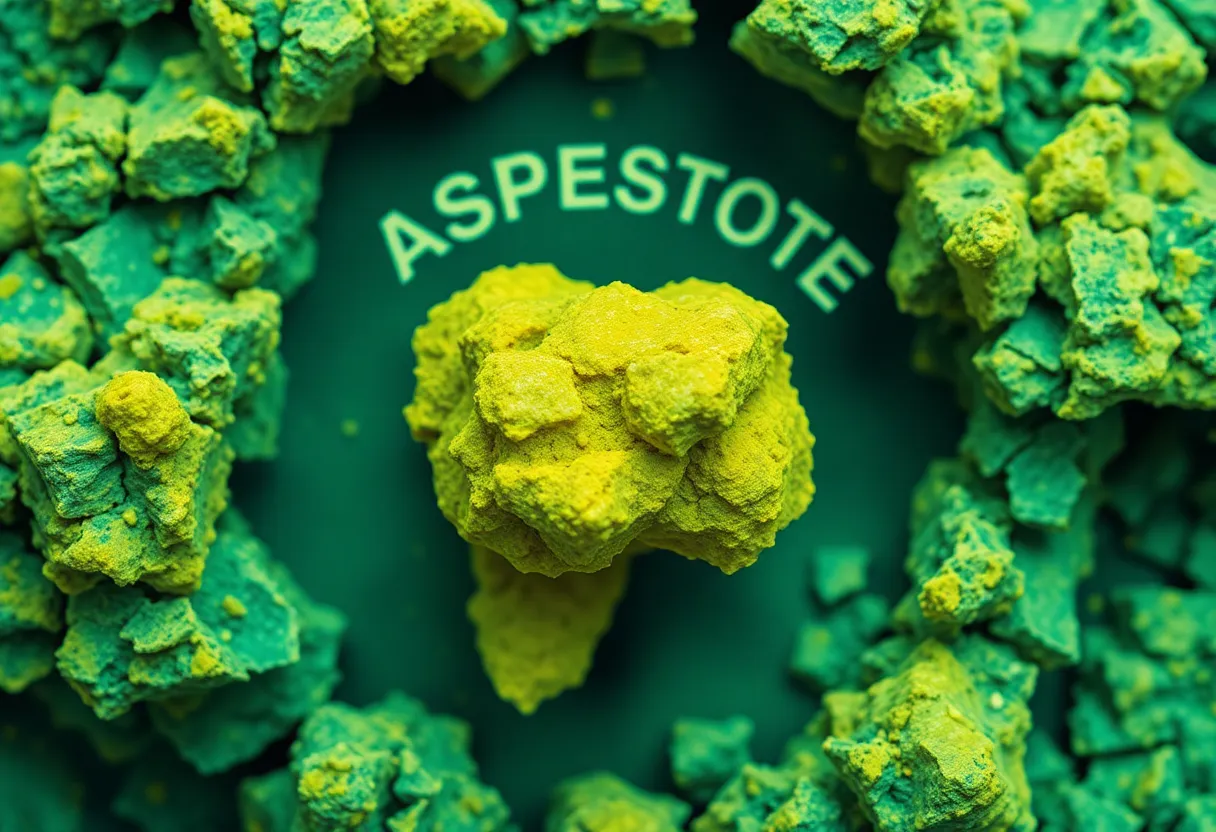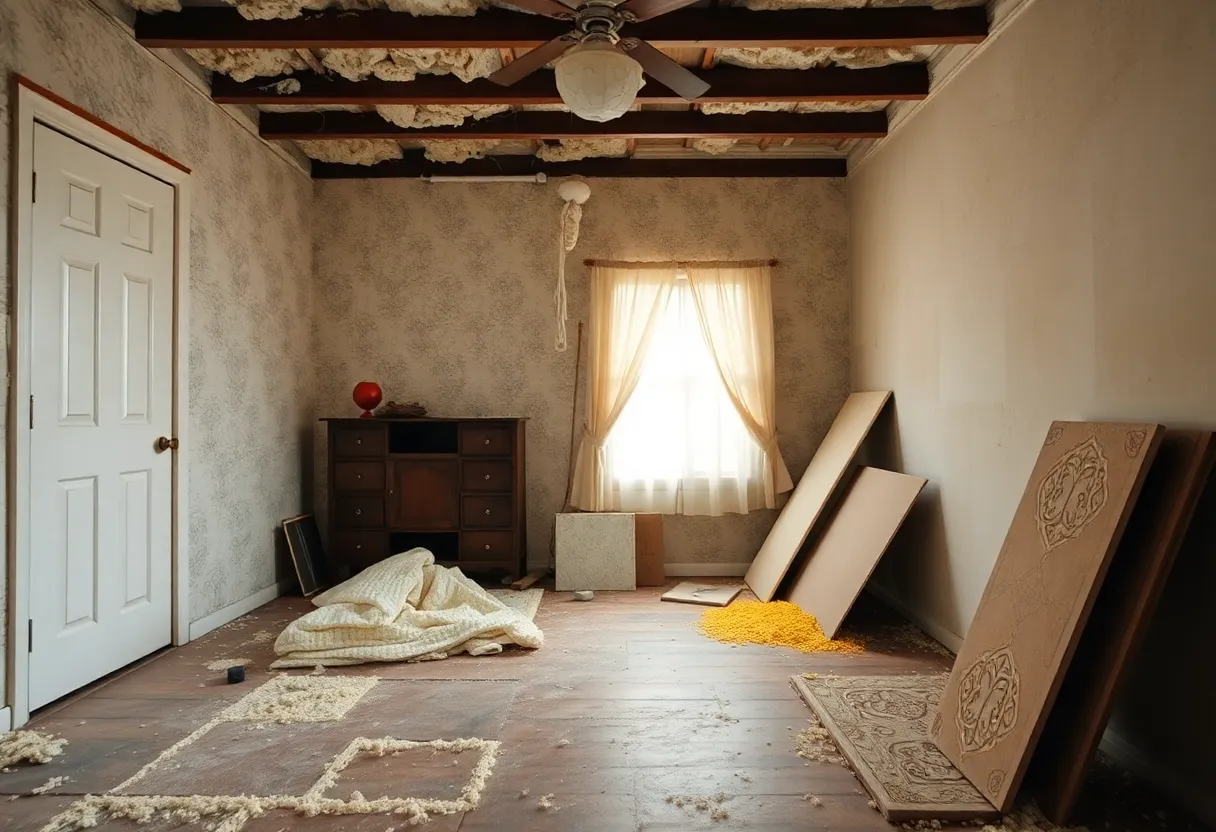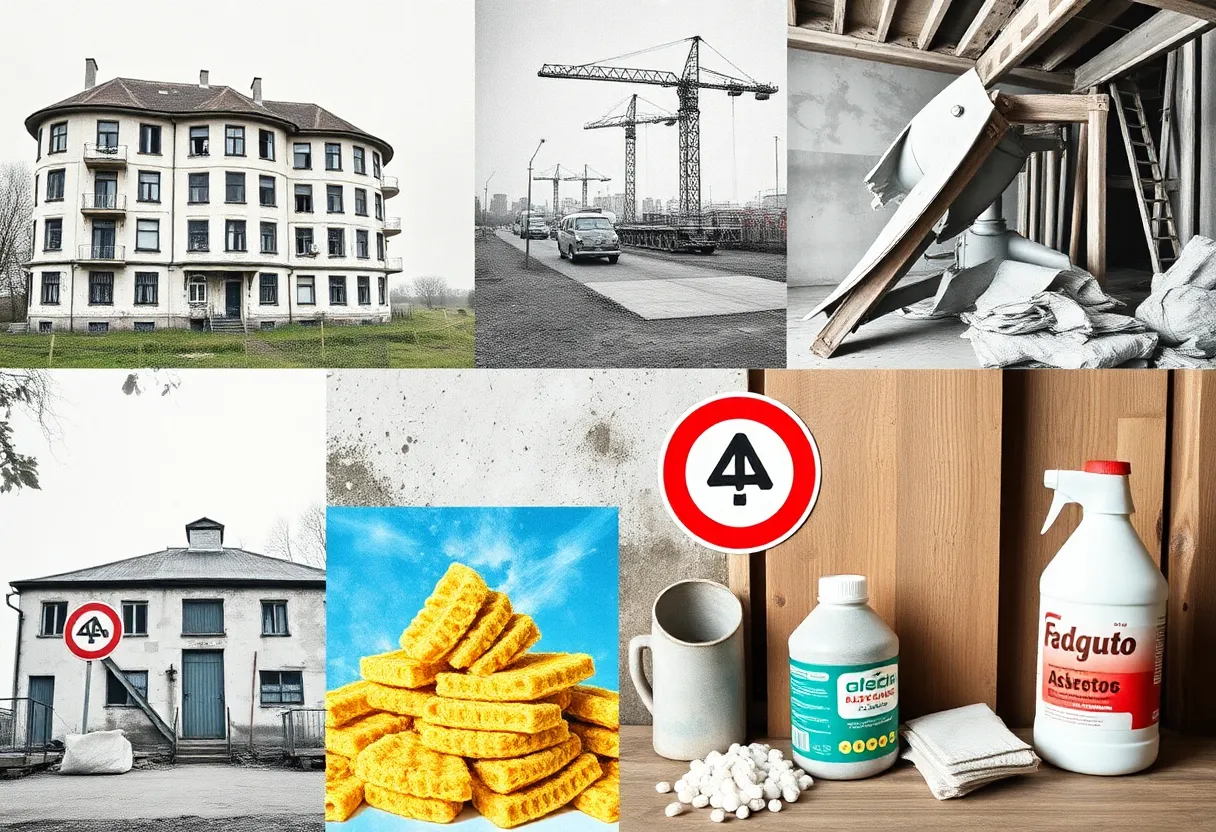News Summary
The Trump administration’s decision to reconsider a ban on chrysotile asbestos raises alarms about public health and the ongoing fight against asbestos-related diseases.
Trump Administration Reconsiders Chrysotile Asbestos Ban, Igniting Health Concerns
Potential Setback for Asbestos Regulation
The latest decision from the Trump administration to reconsider a ban on chrysotile asbestos, the last type of asbestos still permitted in the United States, is raising alarms among public health advocates. For decades, activists have fought for a complete ban on all forms of asbestos due to its deadly association with diseases such as lung cancer and mesothelioma. This reconsideration marks a significant setback in ongoing efforts to rid the nation of such hazardous materials.
Understanding Chrysotile Asbestos
Chrysotile, commonly known as “white asbestos”, has been banned in over 50 countries worldwide, reflecting global recognition of the material’s dangers. Despite this, it remains legal in the U.S. and continues to be present in various products, including roofing materials, textiles, cement, and automotive components like gaskets and brake pads. Its use extends even to chlorine manufacturing, thus posing widespread risks to workers and consumers alike.
The Upcoming Review Process
The Environmental Protection Agency (EPA), which had been working under President Biden to finalize a ban on chrysotile asbestos by 2024, had set the stage for the first legal constraints on this toxic substance since the Toxic Substances Control Act was updated in 2016. Initially, this ban would have allowed manufacturers up to 12 years to phase out their use of the material. However, under the Trump administration’s new reconsideration process, which is expected to span around 30 months, the enforcement of this ban will likely be significantly delayed, if not derailed entirely.
Health Risks and Advocacy Backlash
Research indicates that approximately 40,000 deaths occur annually in the United States due to asbestos-related illnesses, with around 250,000 deaths reported globally. Experts in public health emphasize that even the smallest exposure to asbestos fibers can lead to devastating and potentially fatal conditions. The retrospective evaluation by the EPA will take a close look at whether the previous ban under the Toxic Substances Control Act was a necessary measure or if alternatives could be introduced.
Political Reactions and Calls for Change
The reconsideration process has ignited fierce criticism from various health advocates and organizations. The Trump administration’s actions are viewed by many as part of a broader trend of deregulation that risks public health. The current EPA evaluation has become a focal point of contention, with some politicians arguing for comprehensive legislation that would ensure a full ban on all types of asbestos in the United States. Significant advocacy surrounds initiatives like the Alan Reinstein Ban Asbestos Now (ARBAN) Act, which seeks to eliminate the use of asbestos entirely.
Products Still Available
It is crucial to note that no comprehensive ban on chrysotile asbestos currently exists in the U.S. Despite claims to curb its use, products containing chrysotile can still be purchased and utilized, further exacerbating the health risks associated with exposure. The EPA is expected to request a suspension of the proposed ban for up to six months as they conduct their review, prolonging the uncertainty surrounding these hazardous substances.
Conclusion
As the Trump administration moves forward with this reconsideration, the prospect of maintaining or eventually mandating stricter regulations on asbestos use remains a contentious issue. Advocates for public health continue to voice their concerns, emphasizing the urgency of eliminating all forms of this toxic material from everyday use. The coming months will be critical as the nation awaits the outcomes of EPA’s evaluations and the potential implications of their decisions on the health and safety of millions.
Deeper Dive: News & Info About This Topic
HERE Resources
Unmasking the Asbestos Threat in Supermarkets: A Hidden Danger
Philadelphia Schools Face Criminal Charges Over Asbestos Violations
EPA Motion Sparks Alarm Among Mesothelioma Advocates
Controversial Asbestos Removal Plan for New Fire Station
Philadelphia’s Schools Face Mesothelioma Threat Due to Asbestos
Tragic Legacy of the USS Blandy: Heroes Affected by Asbestos
USS Bausell Crew Faces Asbestos-Related Health Crisis
USS Bigelow: Asbestos Legacy Puts Veterans at Risk
New Developments in Asbestos Regulation: A Fight for Public Health
Texas Court Reviews Asbestos Claims Tied to Former Montana Talc Mine Operations



















